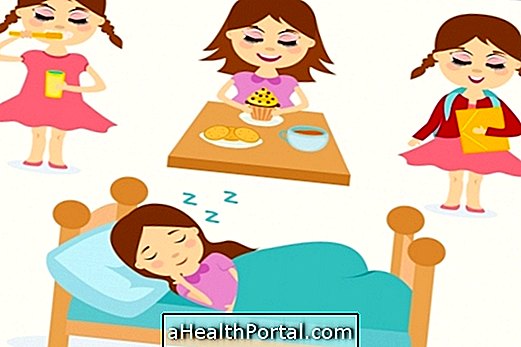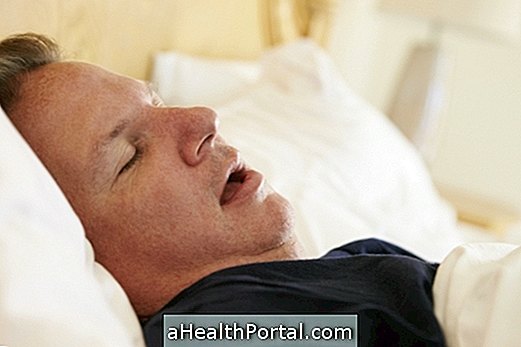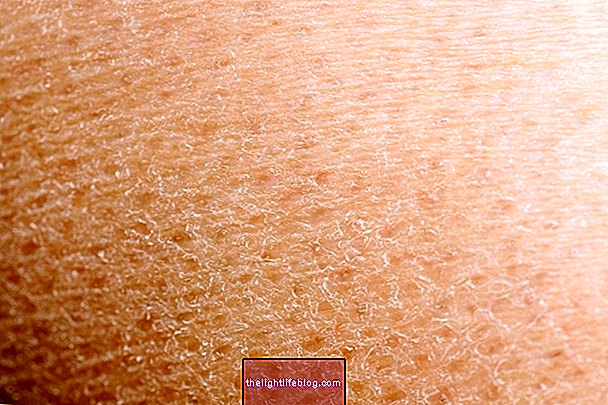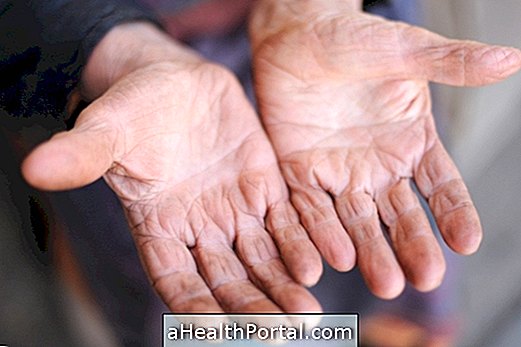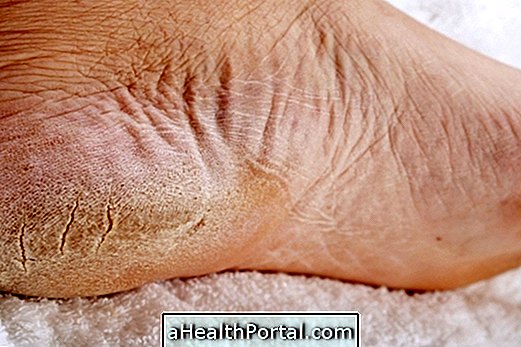Sleepwalking is a sleep disorder that happens during the deepest phase of sleep. The person who is sleepwalking may seem to be awake because he is moving and his eyes are open, yet he is still asleep and can not control exactly what he does and usually when he wakes he does not remember anything that happened.
Sleepwalking has a familial factor involved and all adults who are affected had onset of symptoms during childhood during the school period. Sleepwalking usually ends in adolescence but some people may have episodes later.
Because it occurs
The causes are not fully known but it is known that somnambulism is related to a certain immaturity of the nervous system, and is therefore more common in children and adolescents, it may be a reaction of tranquillizers and is linked to stress and anxiety. There is also a relationship between somnambulism and fever, spending many hours without enough rest, excessive consumption of alcoholic beverages, drug use and depression.
In most cases the person has few episodes of somnambulism in life, but when the father, mother or siblings are also affected, the person may have more frequent episodes that last through adult life.

How To Identify a Sleepwalker
Hardly will the person himself find out that he is sleepwalking because even though he seems to be awake, he is still asleep and unaware of his actions. It is usually the other members of the family who discover that there is a sleepwalker in the home because they have already found him semi-awake sitting, talking, or walking around the rooms of the house.
The diagnosis of somnambulism must be made with some criteria such as:
- At least 2 episodes where the person goes to sleep and a few hours later he gets up and has his eyes open, and seems to be awake, but does not have facial expression and does not normally talk with others;
- When others try to wake her up during this episode, they only get it after some time of effort and the reaction can be violent;
- The next morning you remember nothing of what happened at night;
- When there is no evidence of mental disorder, dementia or epilepsy.
Exams are not necessary and usually you do not need to take medications or perform any other type of treatment to combat sleepwalking because it ceases alone. However, in the case of adults, when episodes become frequent, the doctor may indicate the use of medicines to calm and sleep better.
How to deal with sleepwalking
Identifying that the person suffers from sleepwalking is important for their safety, keeping the doors and windows properly closed at night to avoid leaving the house alone and protecting the steps or unevenness of the house, to prevent it falling and can get hurt
Also, it is not advisable to try to wake the person up during an episode of sleepwalking because this can be difficult and because she may wake up very frightened and it may be difficult to sleep again, out of fear or fear that the episode may recur.
The best way to deal with the situation is to talk calmly with the person and say that it is late, it is time to rest and that she should go back to bed. You can touch her and lovingly take her back to your room, because although she does not wake up, she will be able to fulfill this request and return to sleep normally.
Check out some practical tips for dealing with sleepwalking.



